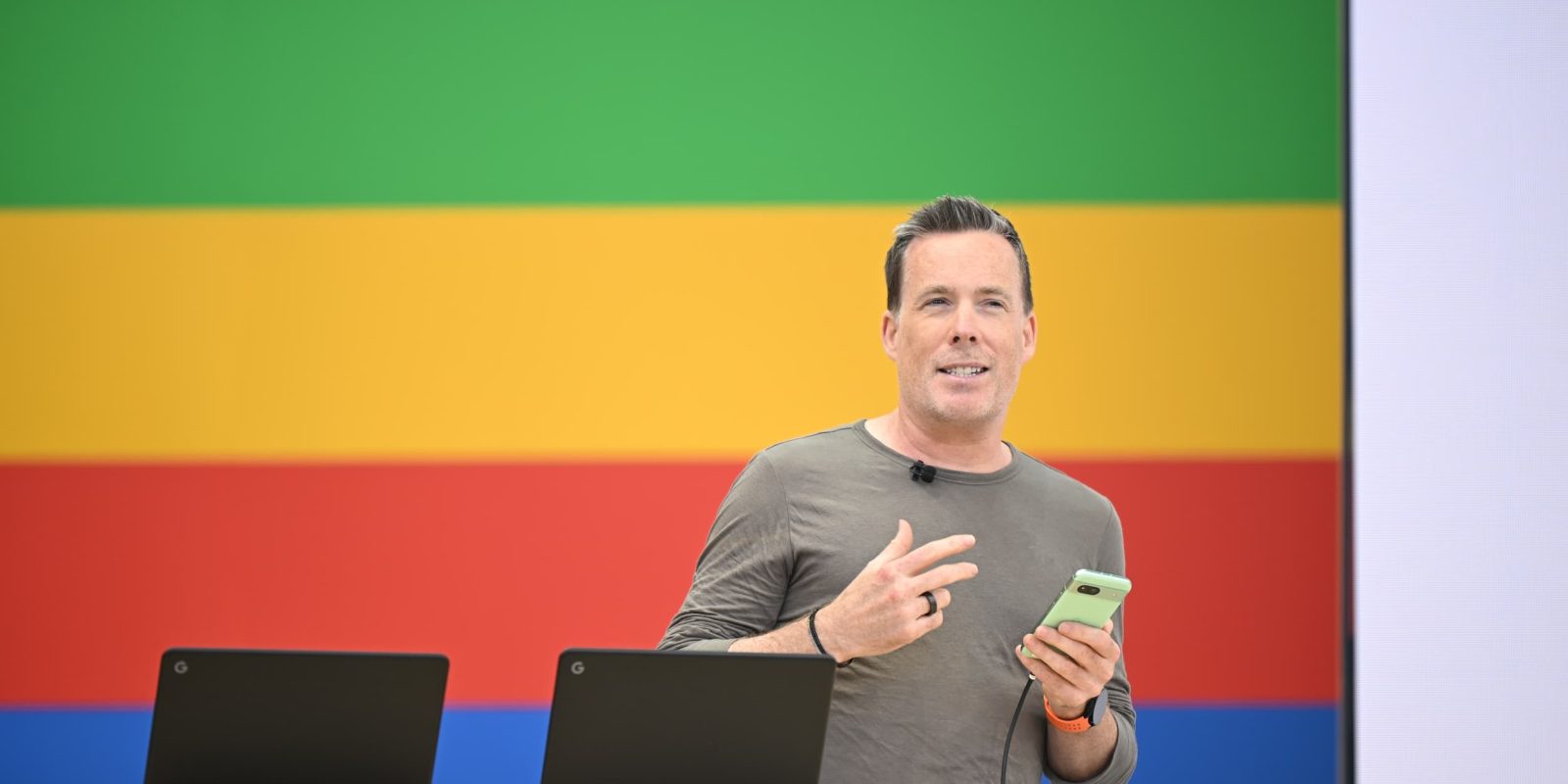
Back in April, Google announced a merger of the Platforms & Ecosystems and Devices & Services divisions. According to sources, the resulting Platforms & Devices team is now undergoing a reorganization.
As part of this reshuffle, we learned that Dave Burke is no longer Android’s VP of Engineering. The company confirmed to 9to5Google this afternoon that Burke is “switching roles.”
Burke said in an internal email, which has since been published, that he’s “shifting into an advisory position while exploring AI / bio projects.”
AI has the potential to play a pivotal role in accelerating drug discovery, with wide applicability, including in hard-to-treat pediatric cancers, a topic close to my heart. I’m working with Sundar to explore relevant roles at Alphabet.
There’s no way to sum up almost 1.5 decades of work in a single email. But I wanted to say thank you for the once-in-a-lifetime, awe-inspiring opportunity. I stayed so long because of our incredible impact – building the future of computing at planet scale.
Dave Burke
He has been in that position since October of 2014 and started at Google in 2007. He has demoed a lot of what’s new in Android over the years at the company’s annual I/O developer conference
When the operating systems (Android/Chrome) and hardware (Pixel/Nest/Fitbit) merger was announced, Sameer Samat was elevated to President of the Android Ecosystem (after previously serving as VP/GM) since he returned to Google in 2016. Along with Burke, he’s been a presence at I/O.
This development comes as Google announced today that ChromeOS will be “developed on large portions of the Android stack” going forward.
Besides Android (Wear OS, TV, Auto, and AR/XR), Platforms & Ecosystems previously encompassed Google Play, Chrome, ChromeOS, and Photos.
More broadly, Platforms & Devices is led by Rick Osterloh. The hardware chief replaced Hiroshi Lockheimer, who took a new role within Google.
At the time, CEO Sundar Pichai said the goal is to “turbocharge the Android and Chrome ecosystems” and “bring the best innovations to partners faster,” as well as “speed up decision-making” internally. AI was the other cited reason with Google Research teams working on computational photography and on-device intelligence brought into the new org.
Before this, the hardware division in January switched to a functional organization model where, for example, there is one team for hardware engineering across Pixel, Nest, and Fitbit.
FTC: We use income earning auto affiliate links. More.




Comments